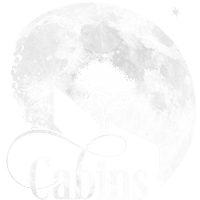
The inspiration for the cabin was to imagine a place where one could be simultaneously connected to the land, sky, and water. The cabin acts as a ‘viewing vessel’ by framing a unique view through each of its central apertures: one to the land, one to the sky and one to the water.
The landscape was inspired by the mountains and coasts of British Columbia where one might see vast mountain lakes, lush forests and the occasional glimpse of the northern lights.
The cabin was modeled in Rhino and imported into Lumion where a combination of Lumion and Quixel assets populate the landscape. Some light post-processing in Photoshop helped with final tweaks as well as adding a few furry friends here and there. The Quixel assets were immensely helpful in adding that next layer of realism to the scenes.
Thanks to Ronen and the sponsors for putting on such a great and accessible challenge, it was an excellent opportunity to step into the realm of GPU rendering.
“The cabin was modeled in Rhino and imported into Lumion where a combination of Lumion and Quixel assets populate the landscape.”
Talk to us! What do you think of this entry?
Notable Replies
Continue the discussion at talk.ronenbekerman.com
4 more replies


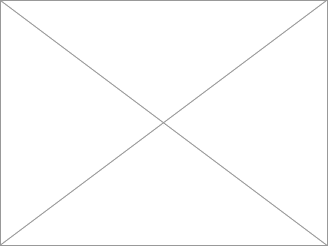
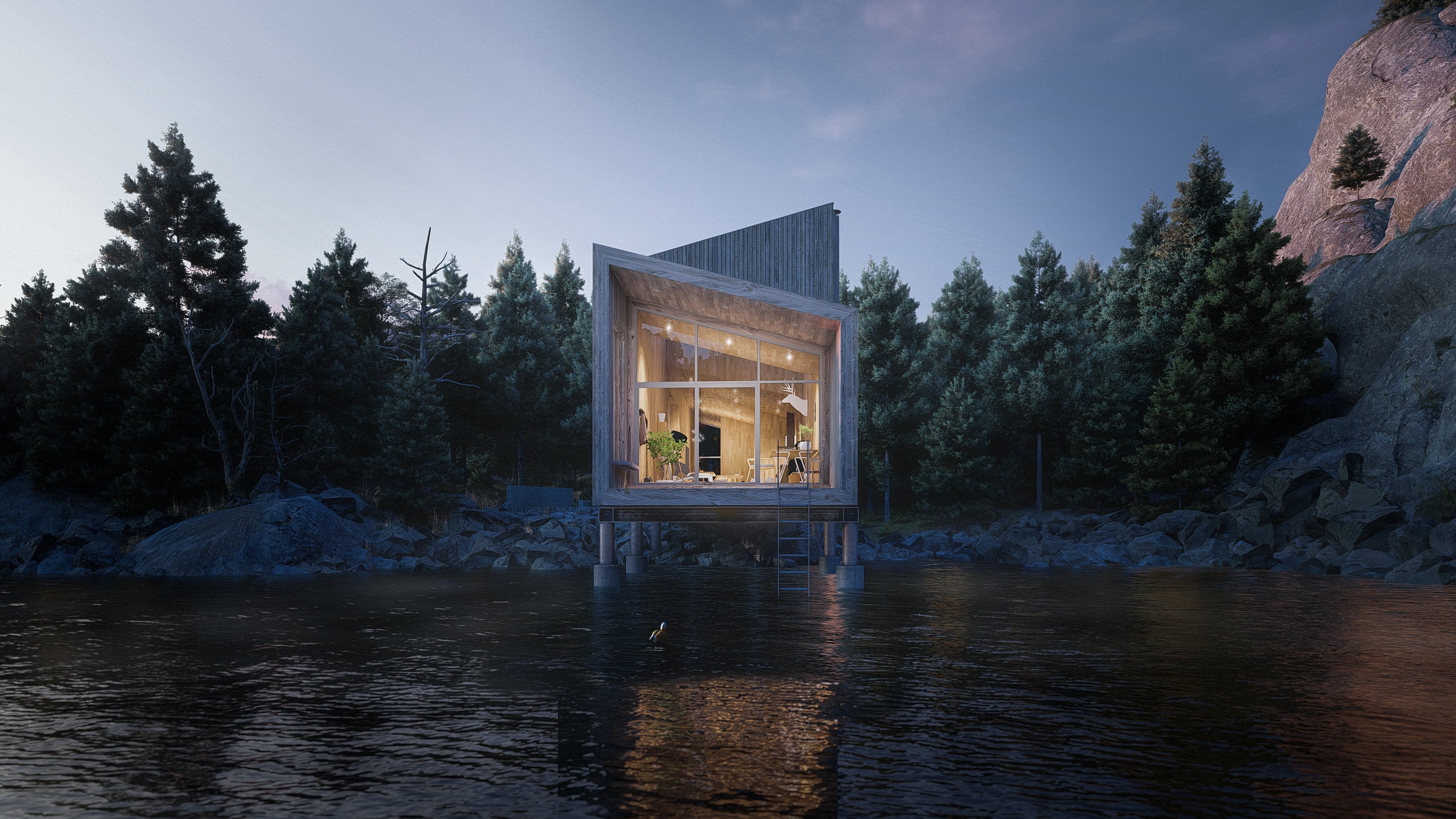
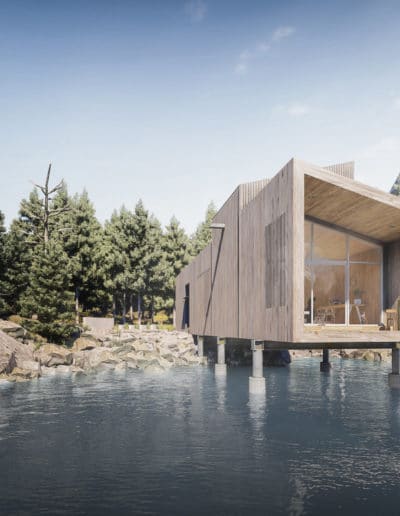
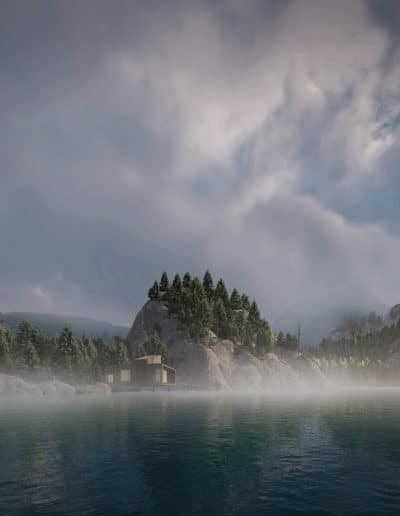
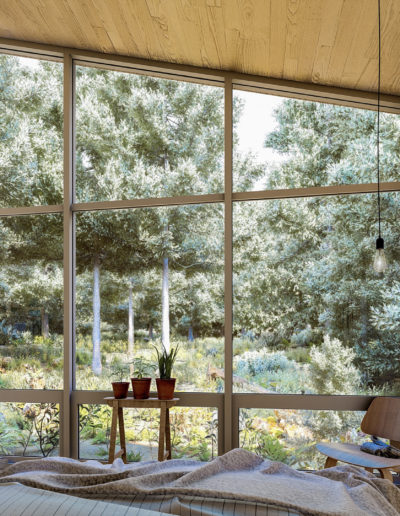
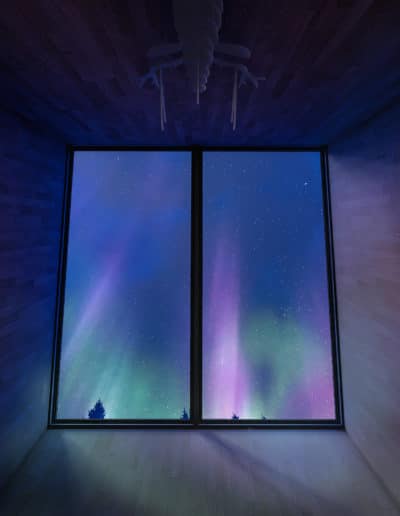
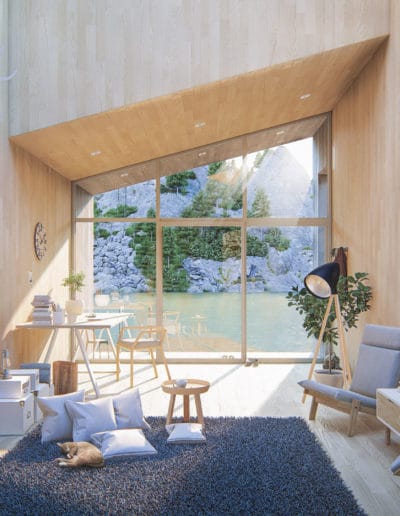
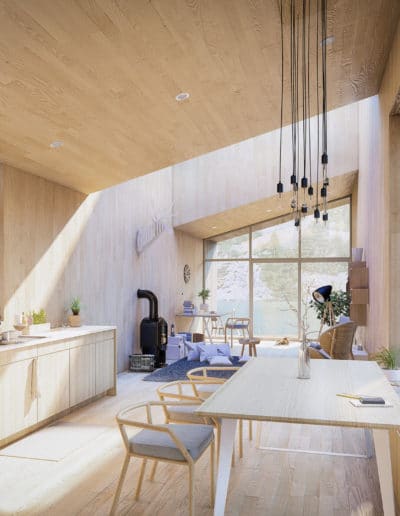
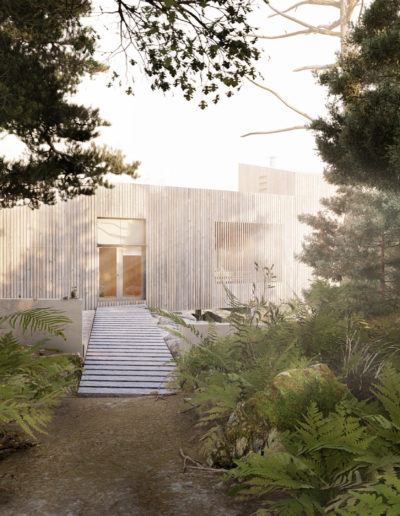
Great project! I was wondering what was your process for using quixel assets in Lumion? I tried finding any info online, and ironically your project is the only thing besides an outdated 2012 book that talks about quixel and Lumion together?
And we have three more finalists using Lumion and Quixel / Megascans assets that can jump in here and in their own threads to bring us in the know! @iswali @flymancg and @sebregall
Dear Ronen, thank you for the invitation to talk and the mention for this question. To me the megascans/lumion experience was very simple, you just import the diffuse maps and bump maps and start tweaking them from the Lumion material settings according to a reference that you use from a real world imagery to achieve as much realism as possible. Tweaking the lighting and sky settings is fairly important as well which is really easy thanks to Lumion :D, but personally I think the real deal is within your model itself ( the more you stick to strong reference the more it really works out at the end ) that’s why I always try to develop my modeling skills and use a lot of reference. @heaton5747
Hey @BeebOH thanks for the response! I managed to get most of those things working yesterday. I think I was just confused because I downloaded a fern plant that I thought was a 3D asset and found out it was marked as an “atlas” which I am still totally not clear on. Either way, I downloaded other materials and models that actually had the 3d file and it made a lot more sense haha. Thanks for the response!
In case anyone is having issues with this in general I ended up finding a pretty good tutorial from this guy that uses substance but it works for Quixel as well:
Hi guys!
Megascans assets fit in perfectly into the Lumion workflow.
I Didn’t even import them into Sketchup or 3dsMax, but directly into my Lumion scene. As said before by @iswali and @BeebOH, you just import the diffuse and normal maps, which are directly mapped onto the geometry. Then I used the weathering and foliage effects of Lumion, to customize the assets a little bit.
I didn’t use plenty of them though, on the first hand because Lumion internal vegetation library is already very rich and varied, but also because I didn’t want to increase the size of the scene. I absolutely wanted to produce a video for my entry and I feared that too many Megascans assets could have slowed down the rendering… I was a bit short on time so I had to be very careful about that aspect of the exercise.
Anyway, it was the first time I worked with these assets, and I will work it out more on my next projects. It adds so much realism to your scenes and is very easy to use.
Great experience!